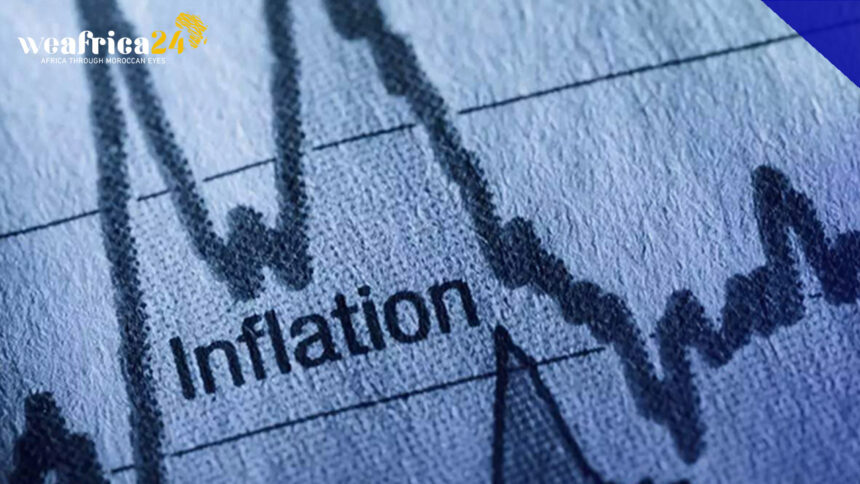Morocco, a country known for its rich history, diverse culture, and vibrant markets, is currently facing a challenging economic situation as it grapples with rising inflation. Inflation, the rate at which prices of goods and services increase over time, is a concern for policymakers and citizens alike as it affects purchasing power and can impact the overall health of the economy. In this article, we will take a closer look at the inflation situation in Morocco, its causes, effects, and possible solutions.
The Causes of Inflation in Morocco
There are several factors contributing to the current inflation situation in Morocco. One of the main drivers of inflation is the increase in global commodity prices. Morocco is heavily dependent on imports for key commodities such as food, fuel, and raw materials. The rising costs of these imports, driven by global price increases, have resulted in higher production costs for local businesses. This, in turn, has led to higher prices for goods and services, which are being passed on to consumers.
Another factor contributing to inflation in Morocco is the supply-side constraints in the economy. Morocco has experienced a slowdown in agricultural production due to adverse weather conditions, such as droughts, which have affected the availability and affordability of food items. Additionally, supply chain disruptions caused by the ongoing COVID-19 pandemic have further strained the availability of goods and services, leading to higher prices.
Furthermore, inflation expectations can also impact the current inflation situation in Morocco. When people anticipate higher prices in the future, they may adjust their behavior accordingly, such as spending more and saving less, which can further fuel inflation.
Effects of Inflation in Morocco
The rising inflation in Morocco has had several negative effects on the economy and the general population. One of the significant impacts of inflation is reduced purchasing power. As prices of goods and services increase, consumers find that their income does not stretch as far as it used to, leading to a decrease in their standard of living. This can particularly impact low-income households, who may struggle to afford necessities, such as food and housing.
Inflation can also affect businesses in Morocco. As production costs increase due to higher input prices, businesses may face reduced profit margins or may pass on the increased costs to consumers, which can reduce demand for their products and services. Additionally, uncertainty around future inflation rates can hinder long-term investment planning and decision-making by businesses, which can impact economic growth.
Furthermore, inflation can have social and political consequences. Rising prices can create social unrest and political instability as citizens may protest against the government’s perceived failure to control inflation. This can strain social cohesion and disrupt economic activities, further exacerbating the challenges posed by inflation.
Possible Solutions to Inflation in Morocco
Addressing inflation requires a multi-faceted approach that addresses both the demand and supply-side factors contributing to rising prices. Here are some possible solutions that Morocco could consider:
Monetary Policy: The Central Bank of Morocco can use monetary policy tools, such as interest rates and reserve requirements, to manage the money supply and curb inflation. By tightening monetary policy, the central bank can reduce the availability of credit, which can help cool down demand and reduce inflationary pressures.
Fiscal Policy: The government can use fiscal policy measures, such as taxation and government spending, to influence aggregate demand and supply in the economy. Careful management of government spending, particularly on subsidies and transfers, can help reduce demand-side pressures on inflation.
Supply-side Interventions: The government can take steps to address supply-side constraints, such as investing in infrastructure, irrigation systems, and technology to improve agricultural productivity and reduce dependency on imports. Additionally, measures to improve the ease of doing business and reduce regulatory burdens can stimulate private-sector investment and boost supply.







